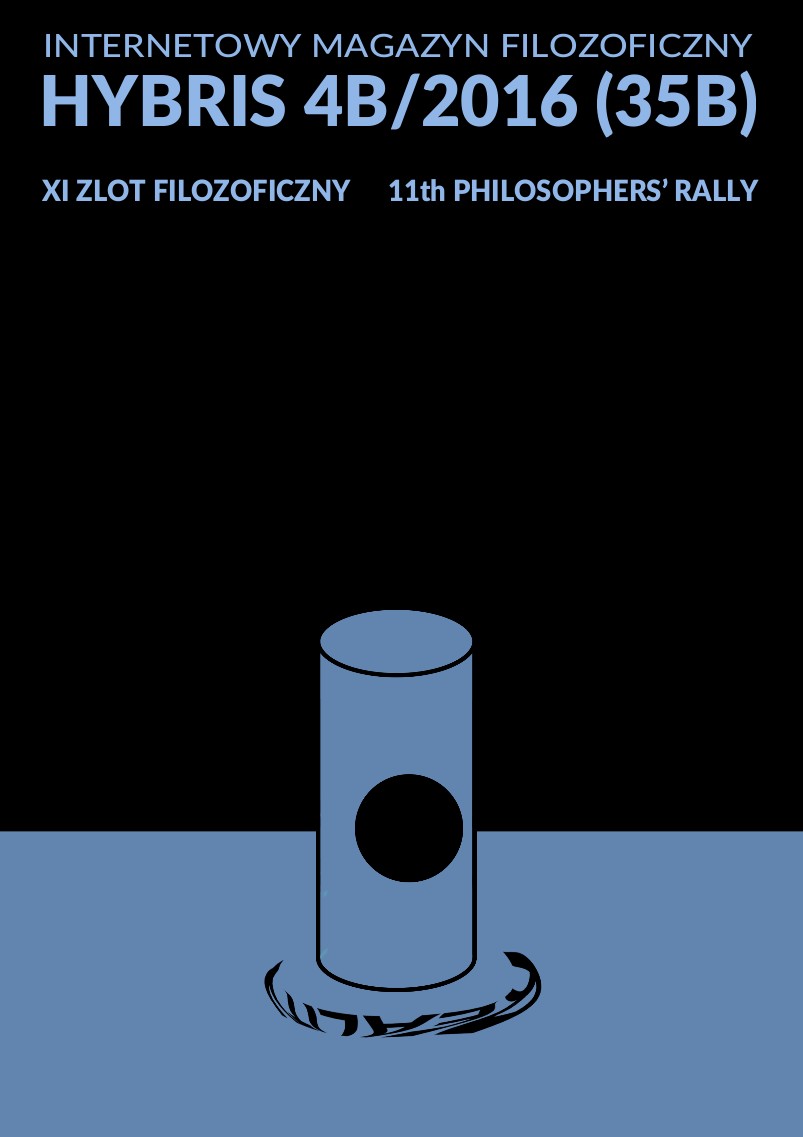Extending honneth’s shift in focus for critical theory
DOI:
https://doi.org/10.18778/1689-4286.35.2.08Keywords:
Critical Theory, recognitionAbstract
Axel Honneth has called for a change of focus in Critical Theory "from the self-generated independence of systems to the damage and distortion of social relations of recognition." I argue that Honneth does not shift his methodological focus sufficiently to succeed in his goal of illuminating the social relations of recognition. Despite Honneth's shift to relations of recognition, he considers these relations in terms of the macrosocial Hegelian triad of social spheres of recognition. A deeper analysis of recognition behaviors shows they cannot be mapped exactly to these spheres. I conclude that the Hegelian triad of social spheres is an insufficient basis for an exploration of misrecognition behaviors. To understand misrecognition, we need to seek a picture of misrecognition that reflects the complex diversity of individuals' lived experiences and practices, gives sufficient attention to interpersonal recognition and misrecognition, and offers potential reasons for why individuals might engage in misrecognition behaviors.
References
Honneth, Axel 2007, Disrespect, Cambridge: Polity Press.
View in Google Scholar
Honneth, Axel 1995a, Fragmented World of the Social, Albany, NY: State University of New York Press.
View in Google Scholar
Honneth, Axel 2013 Freedom's Right, Cambridge: Polity Press.
View in Google Scholar
Honneth, Axel 2012, The I in We, Cambridge: Polity Press.
View in Google Scholar
Honneth, Axel 1995b, Struggle for Recognition, Cambridge: Polity Press.
View in Google Scholar
Petherbridge, Danielle 2013, The Critical Theory of Axel Honneth. Plymouth, MA: Lexington Books.
View in Google Scholar
Taylor, Charles 1995. Philosophical Arguments, Cambridge, MA: Harvard University Press.
View in Google Scholar
Downloads
Published
How to Cite
Issue
Section
License

This work is licensed under a Creative Commons Attribution-NonCommercial-NoDerivatives 4.0 International License.






